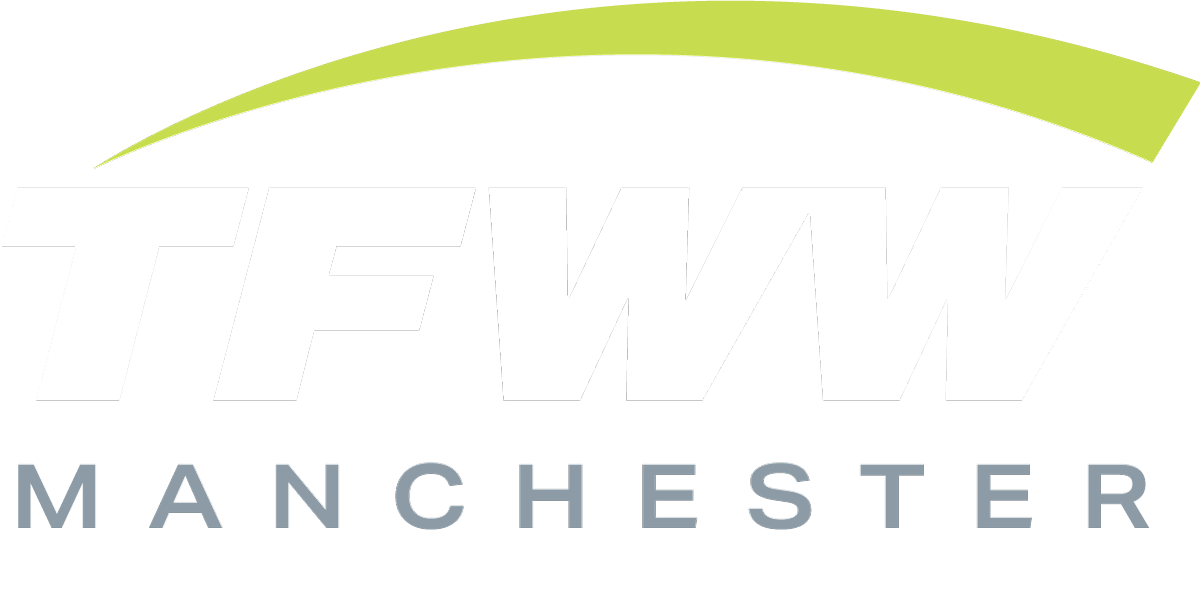Disaster Relief Logistics Explained: Getting Supplies Where They’re Needed, Fast
It’s an unfortunate truth that natural disasters and broad emergencies sometimes strike. When they do, we often see the awful brutality of nature juxtaposed with the kindness and compassion of people. Strangers come together, neighborhoods unite, and whole cities find the will to clean up and rebuild. But imperative to that process is the ability for these communities to receive critical shipments of medical supplies, food, water, industrial equipment, and more. That’s where a critical ground expedite network comes in.
In the aftermath of a disaster, there are many roadblocks to getting supplies where they’re not only needed, but essential. Power grids are often down, roads may be flooded, water may be contaminated, and phone lines out. In times like these, it’s essential to have a trusted logistics partner. Let’s explore the often unseen and complex nature of emergency response and disaster relief logistics.
What Are Disaster Relief Logistics?
When an emergency arises, time becomes the most critical factor. Communities affected by disasters need immediate access to food, water, medicine, and equipment to survive and begin recovery efforts. Disaster relief logistics ensures these supplies reach those in need quickly and efficiently.
Unlike standard freight shipping, disaster relief logistics requires intricate planning, real-time coordination, and rapid execution. It integrates transportation with emergency response efforts, working closely with agencies, local governments, and on-the-ground teams to meet urgent demands. Whether it’s getting hospital equipment to a makeshift clinic or delivering generators to restore power, every detail matters.
The Role of Ground Expedite Networks in Disaster Relief
A strong ground expedited freight network plays a vital role in disaster relief by ensuring rapid mobilization and delivery of critical supplies. These networks are designed for speed, reliability, and flexibility, making them indispensable in times of crisis.
Speed and Reliability in Critical Times
Ground expedite networks specialize in immediate response, often utilizing sprinter vans and cargo vans for their agility and efficiency. With 24/7 availability, pre-established routes, and teams of experienced and versatile drivers, these vehicles can navigate disaster zones and deliver urgent shipments faster than traditional freight options.
Types of Supplies Delivered
In disaster relief, every shipment carries essential resources that can mean the difference between recovery and prolonged hardship. Logistics providers must be equipped to handle a diverse range of supplies, each critical to stabilizing affected areas and supporting relief efforts.
Medical Supplies: Critical medications, vaccines, and hospital equipment essential for life-saving care.
Food and Water: Emergency sustenance to support impacted populations, as well as relief workers.
Industrial Equipment: Generators, cables, and tools required to rebuild infrastructure and restore essential services.
Challenges in Disaster Relief Logistics
Not surprisingly, disaster relief logistics faces numerous hurdles. Each crisis presents unique challenges that require adaptability and expertise to overcome.
Navigating Damaged Infrastructure
Disasters often leave roads, bridges, and other critical infrastructure unusable. Logistics providers must use adaptive routing and specialized vehicles to access remote or blocked-off areas, ensuring supplies get through despite the damage.
Coordinating with Relief Agencies
Effective disaster response involves working with multiple organizations, including FEMA, the Red Cross, and local governments. Clear communication and coordination are essential to avoid duplication of efforts and ensure resources are distributed efficiently.
Ensuring Safety and Security
Relief missions carry inherent risks, from theft of supplies to hazardous weather conditions. Logistics providers mitigate these dangers with extensive and strategic planning, real-time tracking systems, and a focus on driver and cargo safety.
Choosing the Right Logistics Provider for Disaster Relief
When selecting a logistics provider for disaster relief, it's crucial to find a partner with the expertise, resources, and adaptability to handle high-pressure scenarios. A skilled provider can make all the difference in delivering critical supplies efficiently and safely. Here’s what to look for in a reliable disaster relief logistics partner:
Extensive Carrier Network: A provider with a wide network can mobilize quickly and deliver to even the most remote locations.
Experience in Emergency Response: Proven expertise in disaster relief logistics ensures they understand and can address the unique challenges involved.
Real-Time Tracking and Communication: Advanced technology offers visibility into shipments and enables swift adjustments as conditions change.
Tailored Solutions: Each disaster is different. A good partner adapts their approach to the specific needs of the situation.
24/7 Availability: Emergencies don’t wait, and your provider shouldn’t either. Around-the-clock support is a must.
TFWW Manchester stands out in disaster relief logistics by offering all these capabilities and more. Our Mission Critical Expedited Freight network ensures fast and reliable delivery of critical supplies, supported by industry expertise and a commitment to seamless coordination. With a focus on flexibility and efficiency, TFWW Manchester is a trusted partner for organizations managing emergency response efforts.
Don’t leave disaster relief to chance. Partner with TFWW Manchester for efficient, reliable logistics solutions that save time and lives. Reach out to our team to learn more today.
